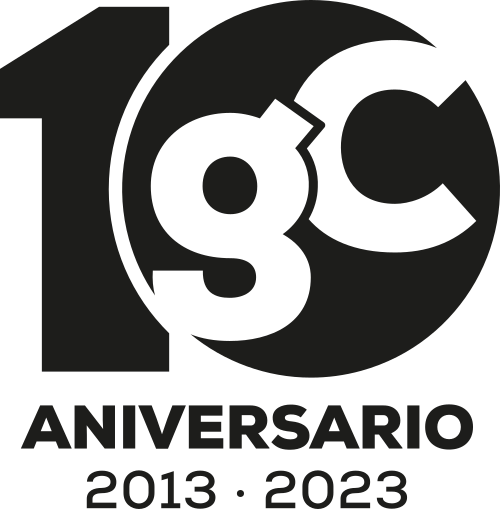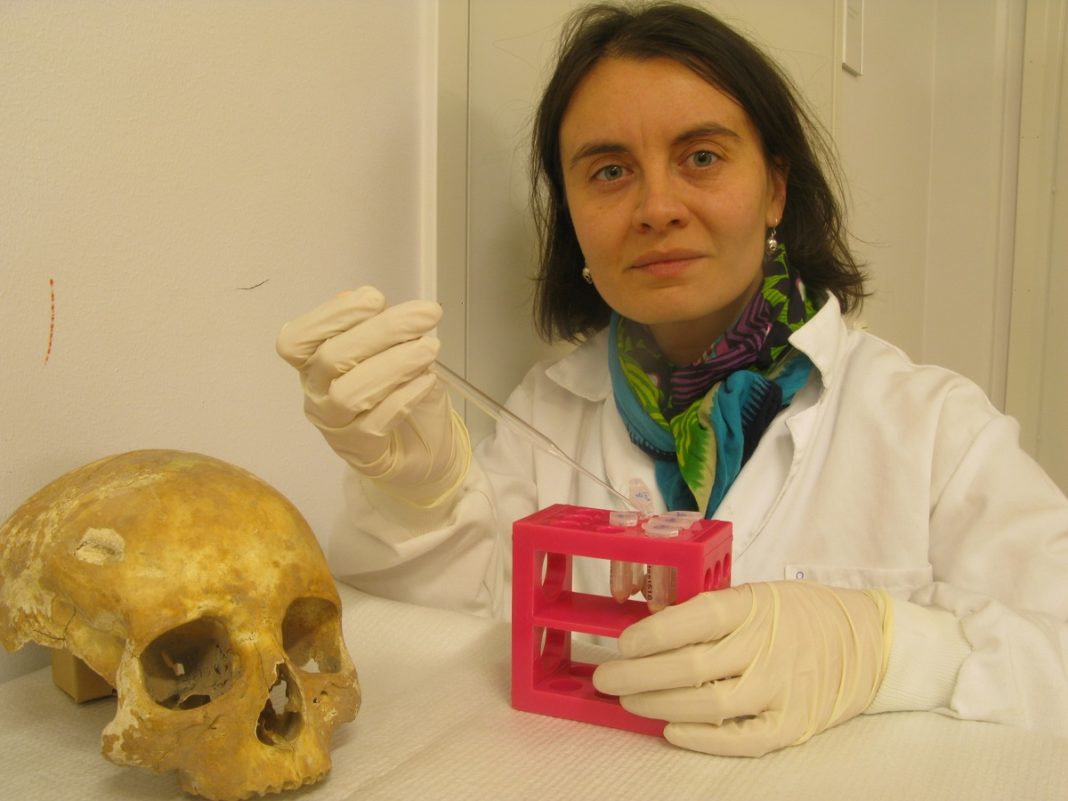The physical anthropologist of the USC, Olalla López Costas is enthusiastic about the quantity and the excellent state of preservation of the human remains that have been found in the excavations carried out in 2016 at the castro of A Lanzada. In her opinion, this settlement is among the best in Europe so as to carry out a complete study on the populations of the Roman and Pre-Roman times.
-What is special about the remains that have been found in the castro of A Lanzada?
-As for preservation of the bones is the best of all Galician necropolis and the number of human skeletons found is the highest. I have been working there for ten years and the mint condition of the remains found allows us to test various techniques and explore their results. What is done in A Lanzada then serves as a reference for other archaeological sites, both here and outside Spain. In the excavations carried out in 2016 the remains of four adults and thirteen newborn children turned up fairly quick. This is a very unique find because in most Galician necropolis there are no remains of babies. It seems that this cemetery had a delimited area for these. The recovery of Cornelia´s skeleton, the first one found, was very exciting because they were the first remains that turned up in the area after 30 years.
-What features can be highlighted regarding the ancient local people of A Lanzada from two thousand years ago?
-“We have found traces of infectious diseases like TB and brucellosis.” We have recently published a study on how this population looked like. They brought their cattle to pasture to the area of the marsh and employed the algae as fertilizer. The cemetery contains remains dated between the 1st and 7th centuries AD, from the time of the Romans and the Suevi. The average height of the men was of 1.65 mts and the women around 1,59. Once they reached 20 years of age, the average survival rate approaches 40 years of age tops, similar to that of other Galician settlements.”
-What did they eat?
-One of the distinctive features of this population is that they ate much more fish and seafood than in any other parts of Europe; Also fed on millet. They ate some meat and more vegetables than in the rest of Europe. It is funny to be able to say that at this place already in Roman times one ate more fish than in other places of Europe, as it happens nowadays too.














